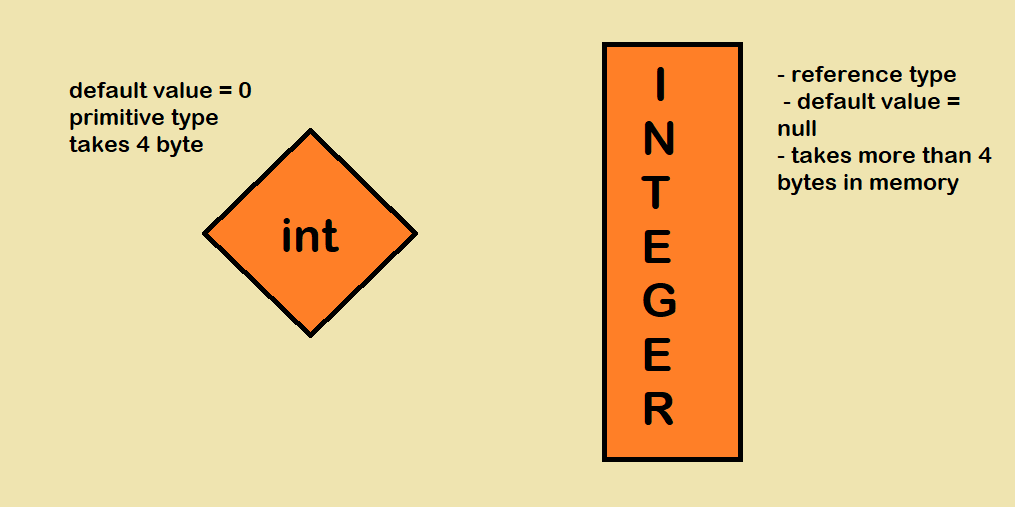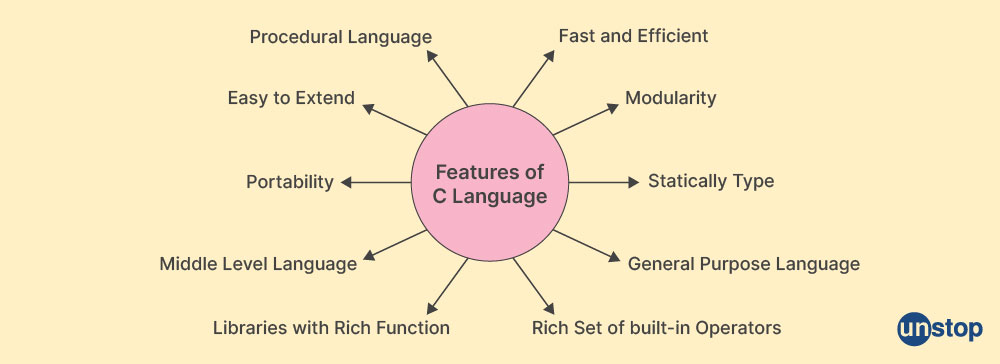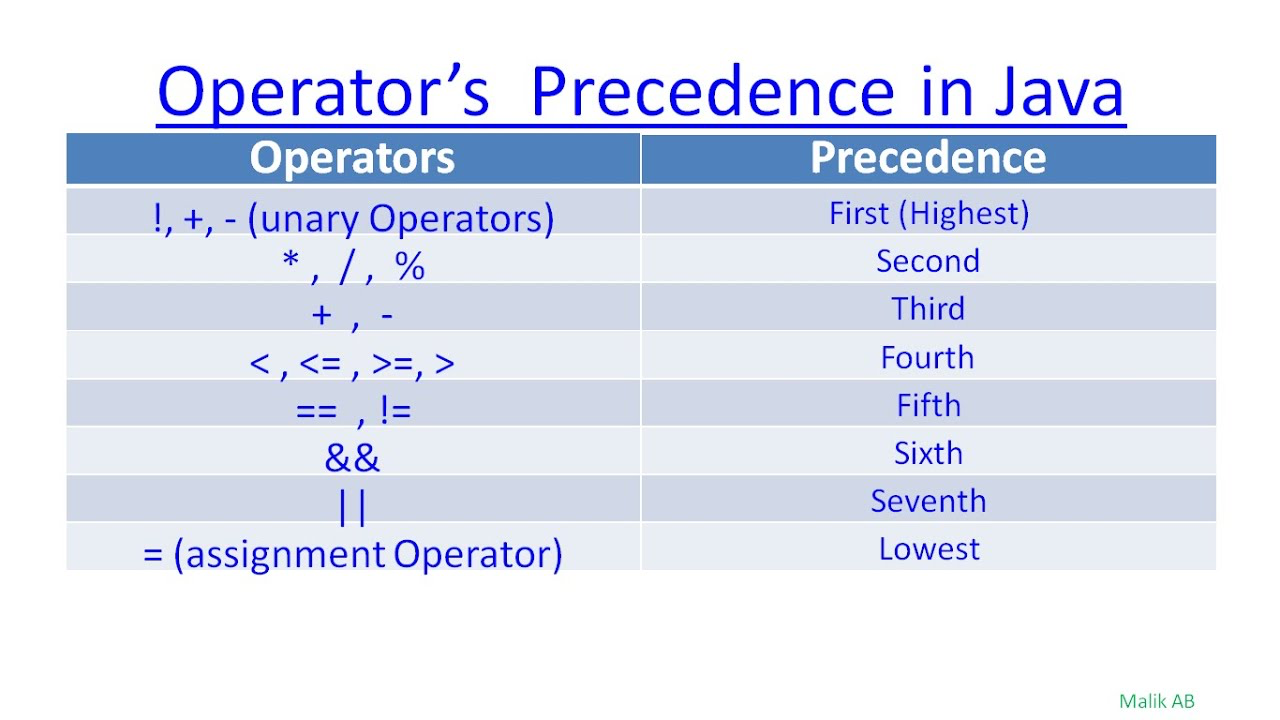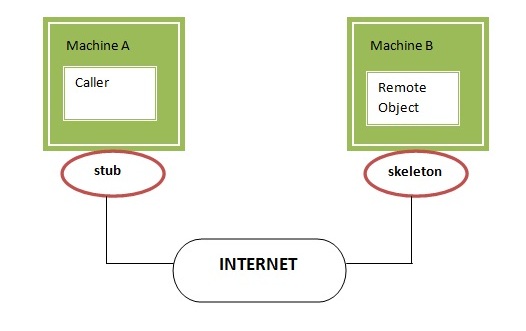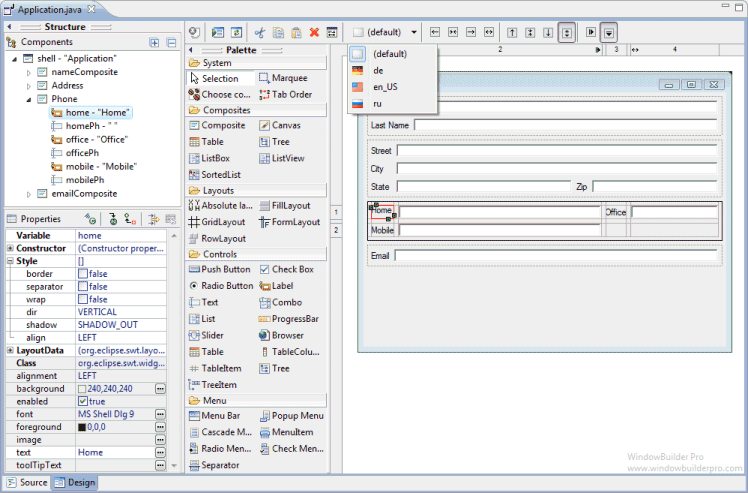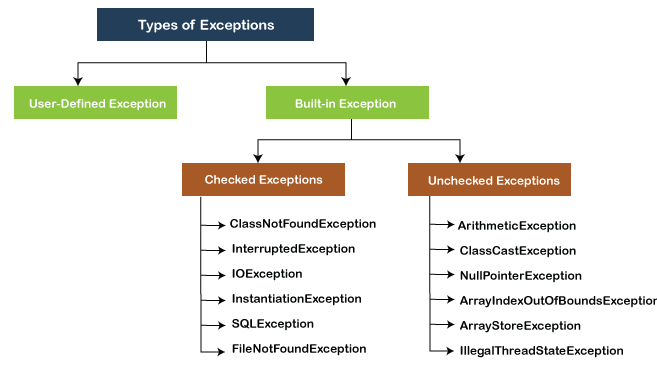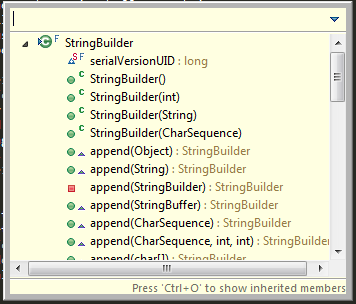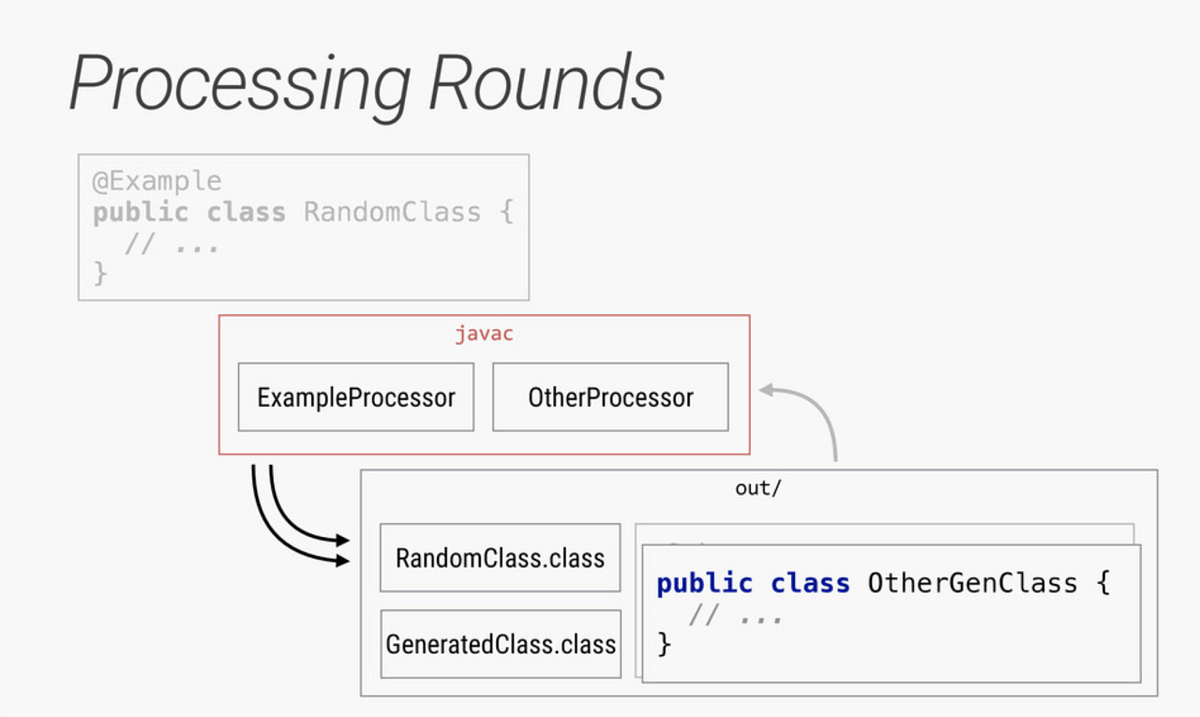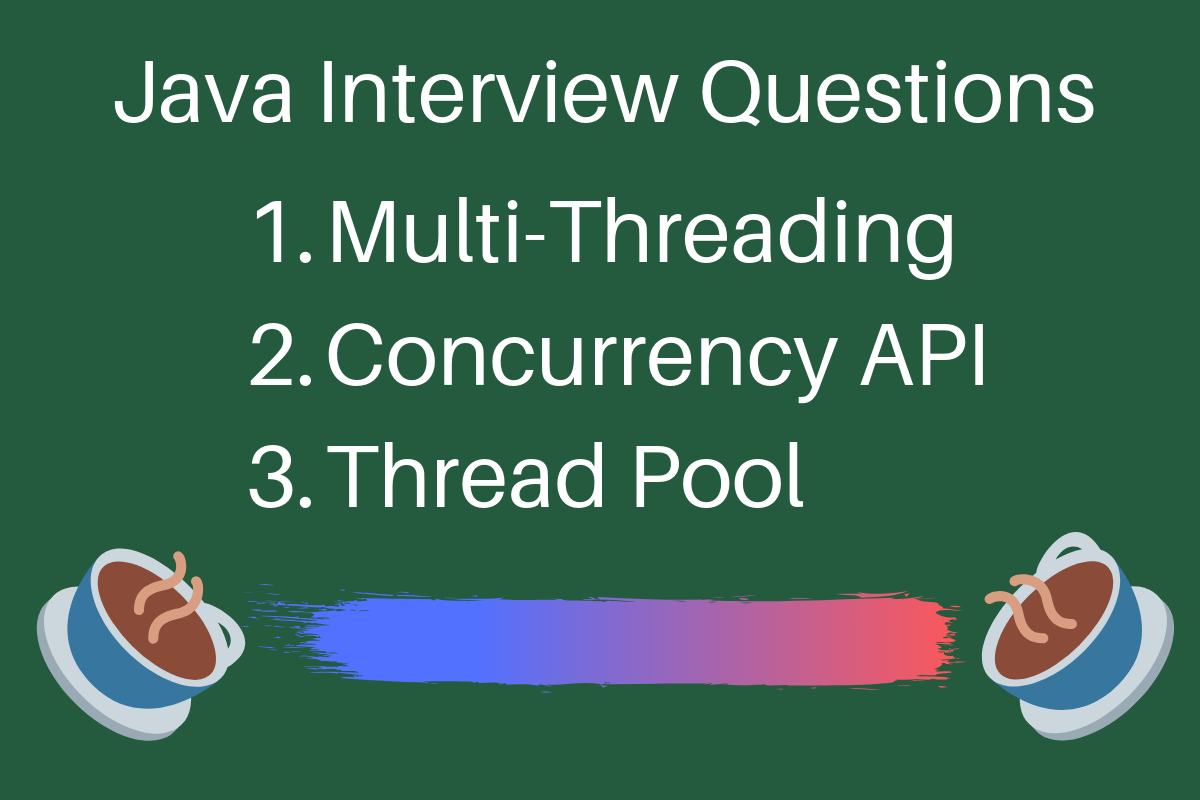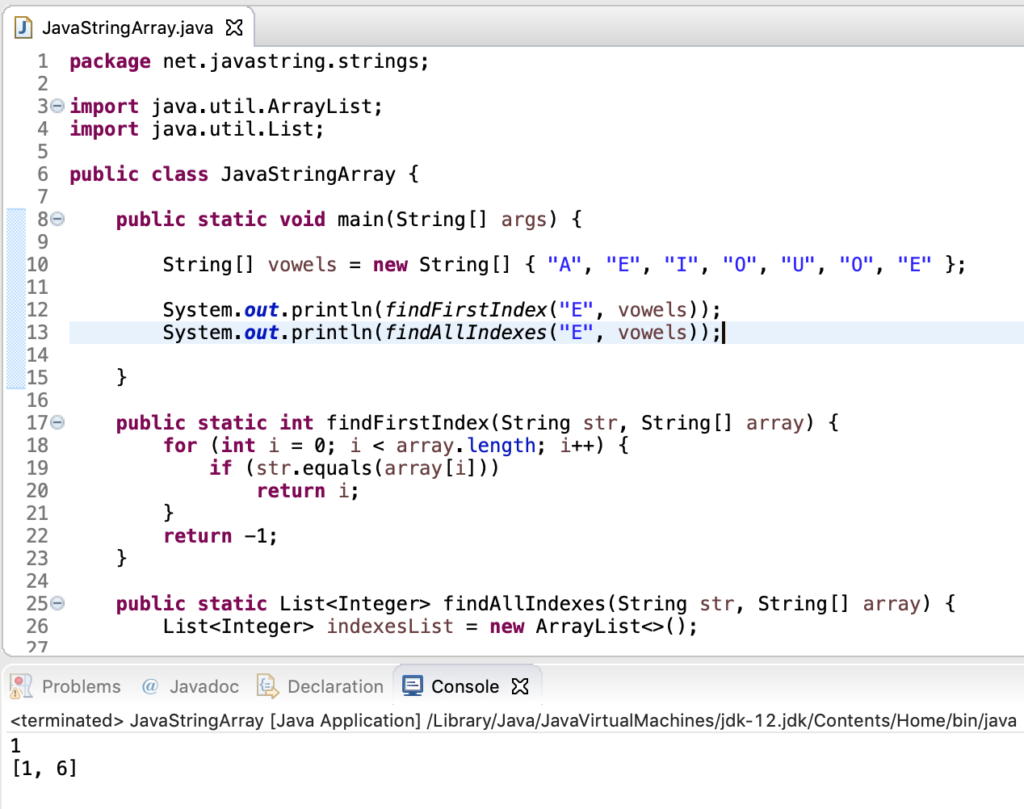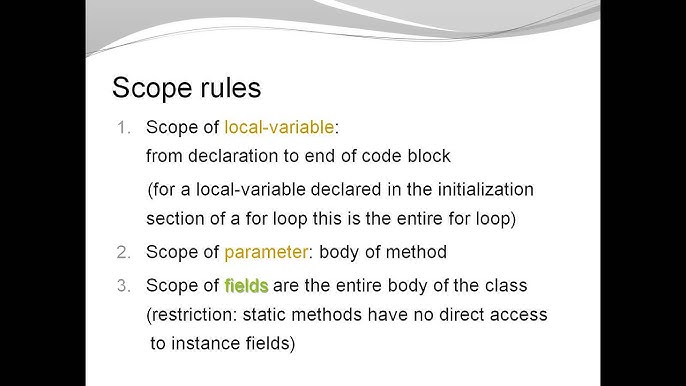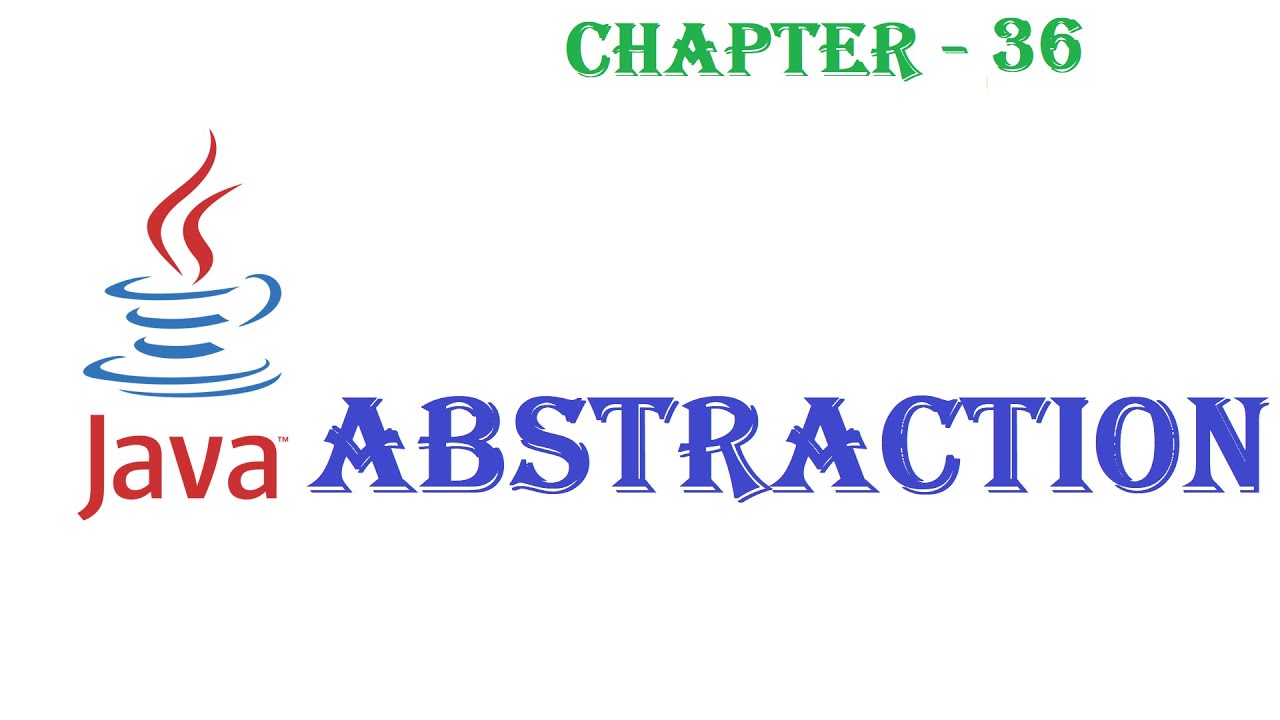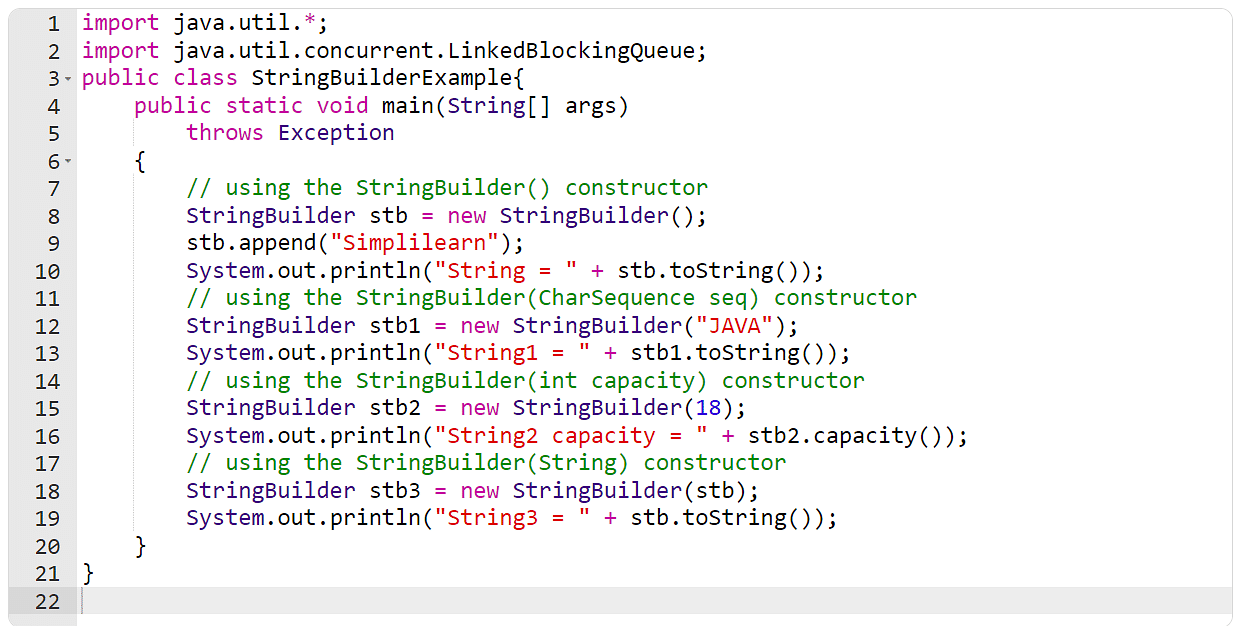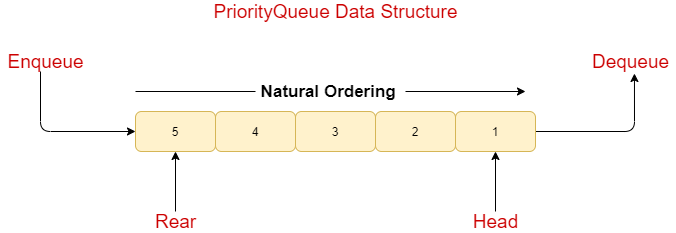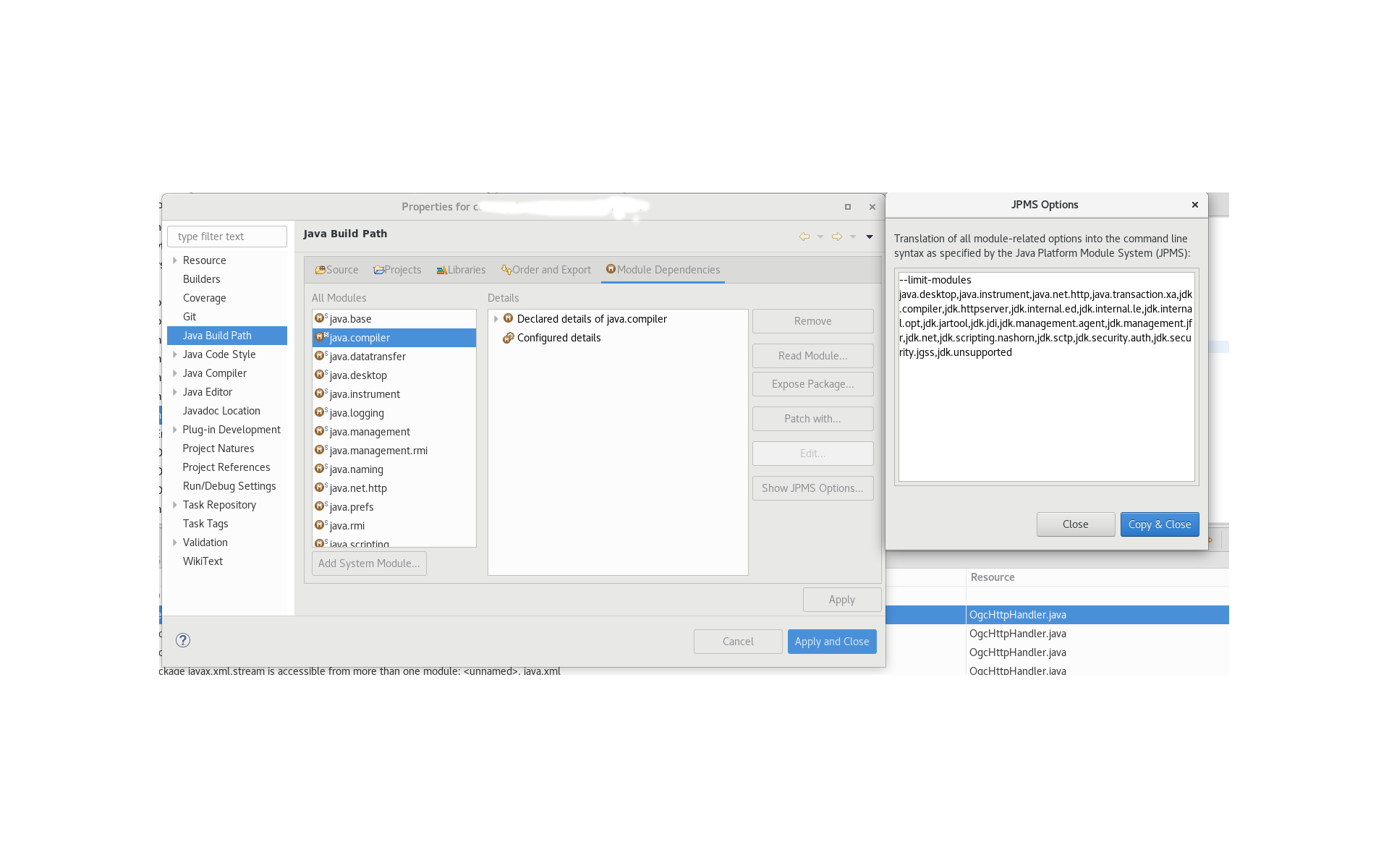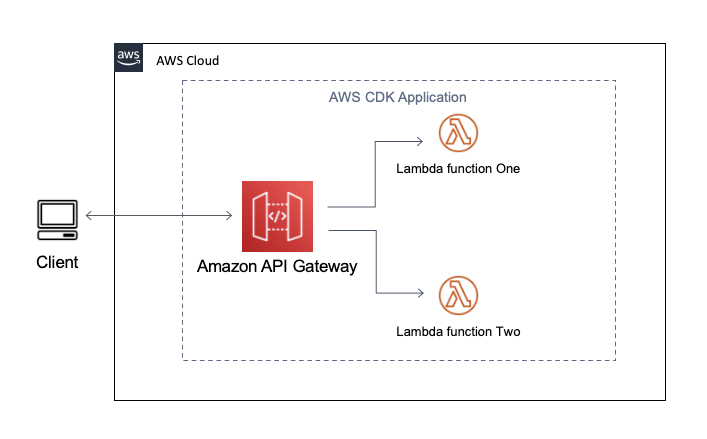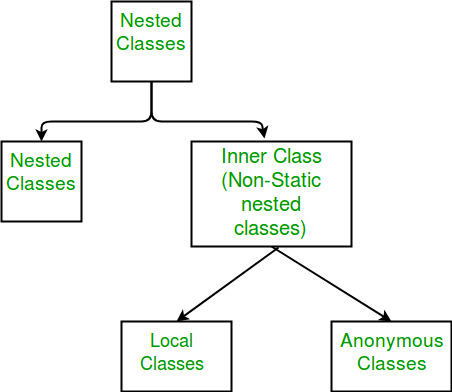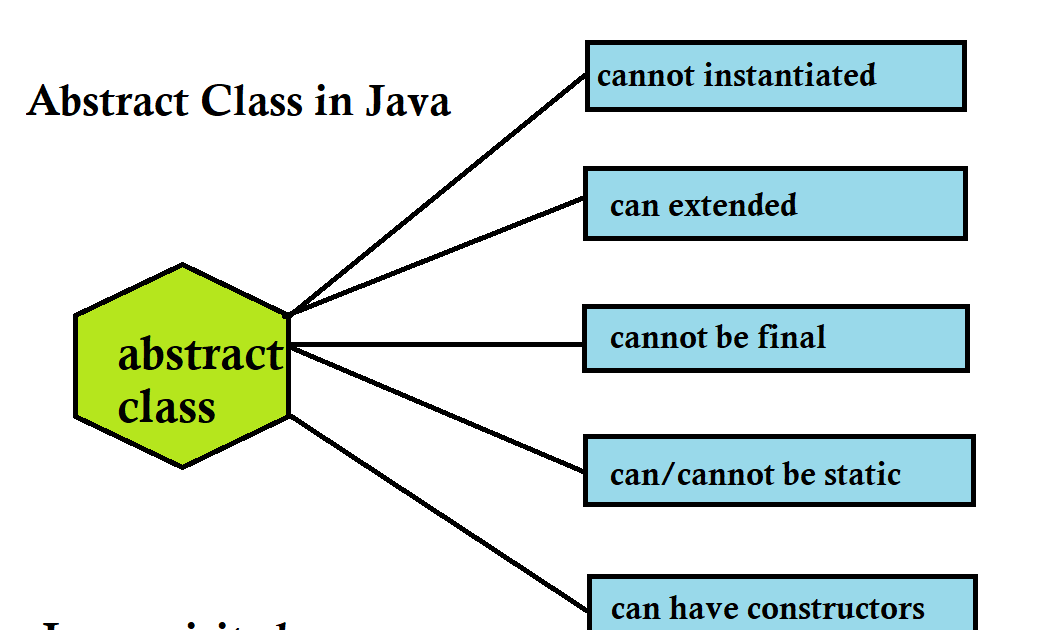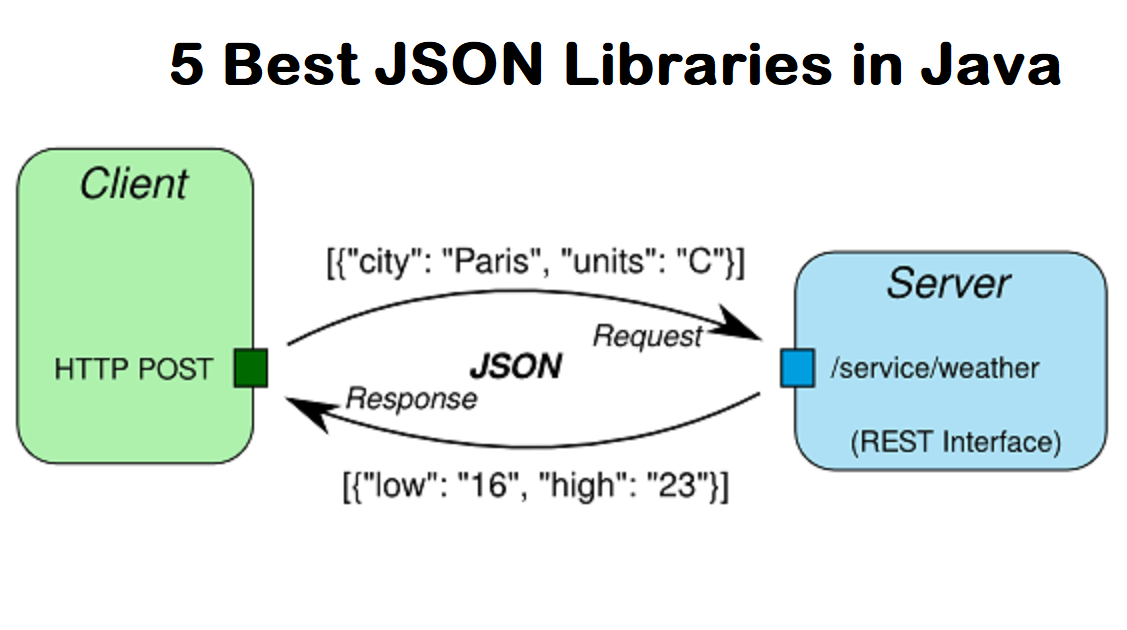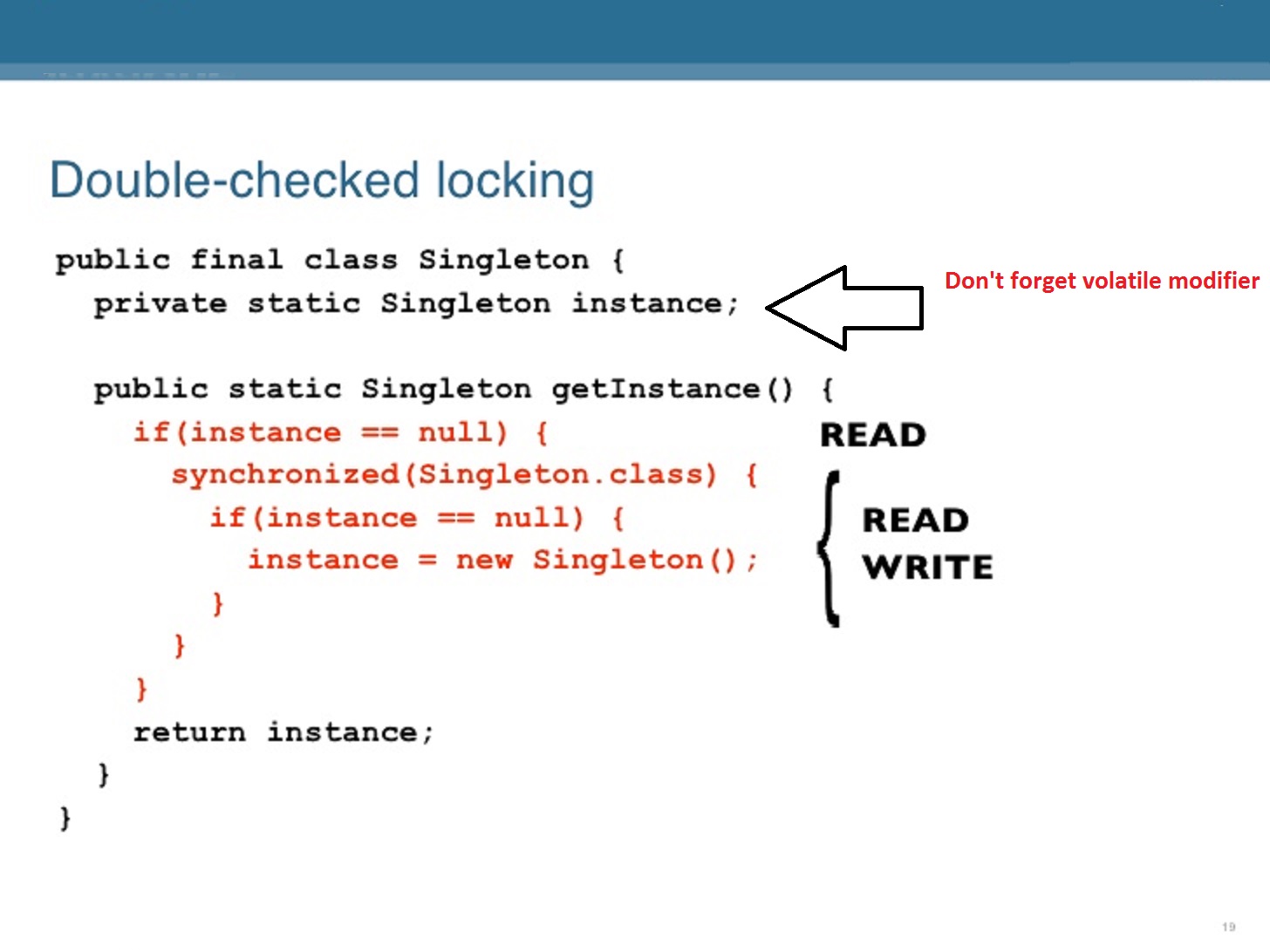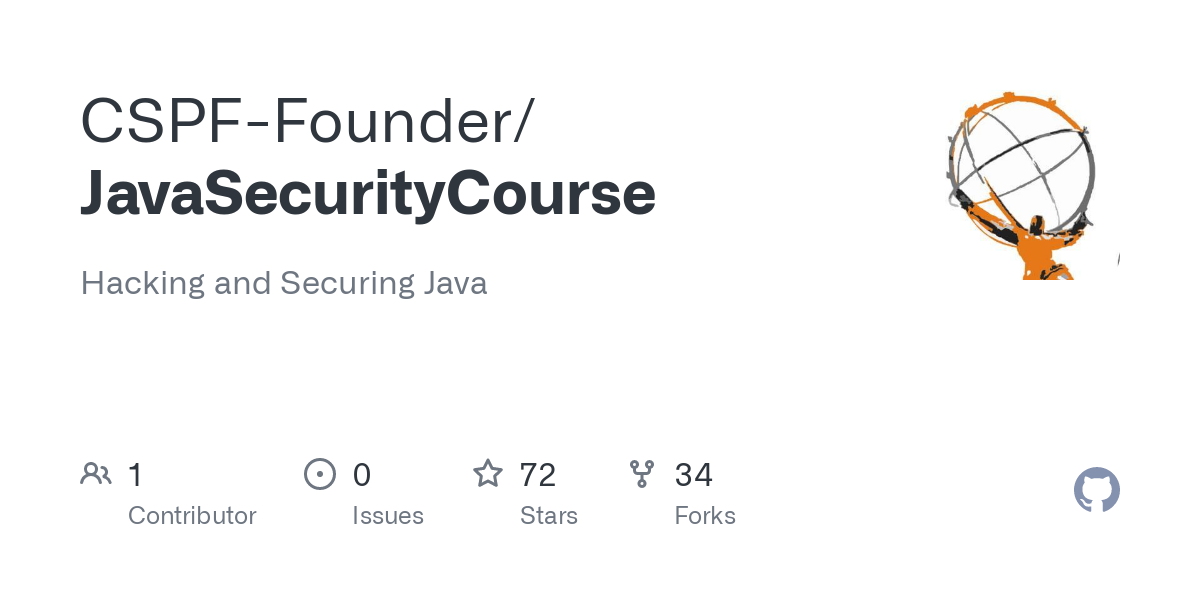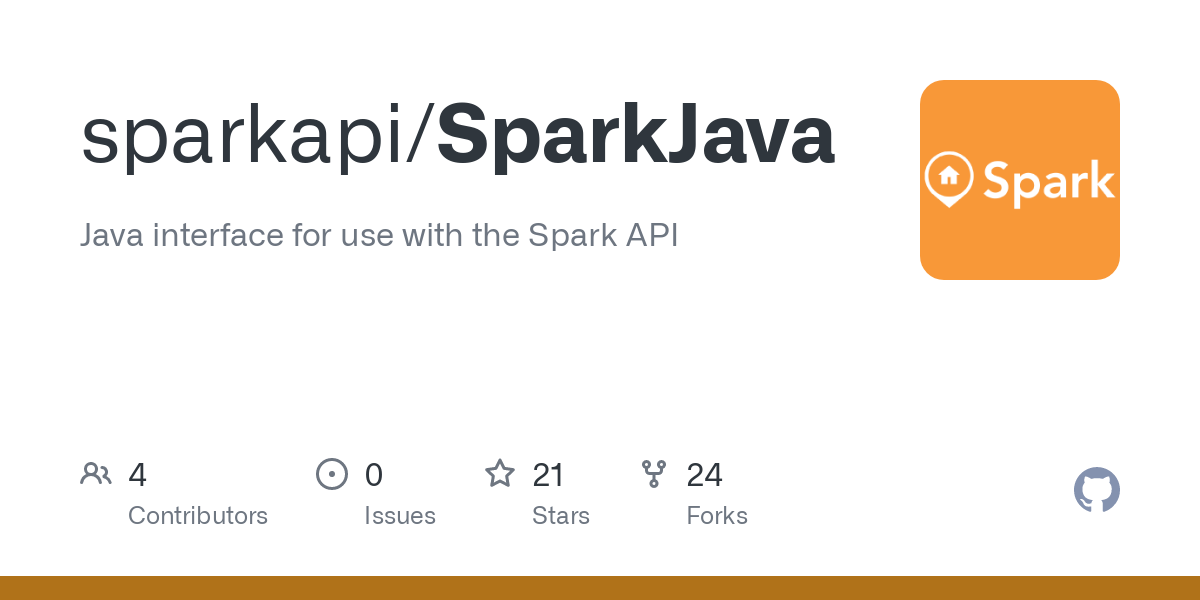What is in-memory cache in Java?
What is in-memory cache in Java?
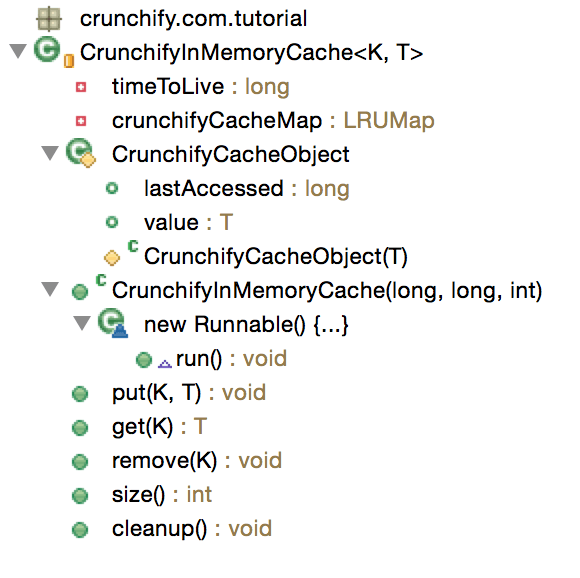
I'd be happy to explain what an in-memory cache is in Java!
In computing, caching is a technique used to improve the performance of applications by reducing the time it takes to access frequently-used data or resources. In Java, an in-memory cache, also known as an "in-memory data grid," is a type of caching system that stores data in the main memory (RAM) rather than on disk storage.
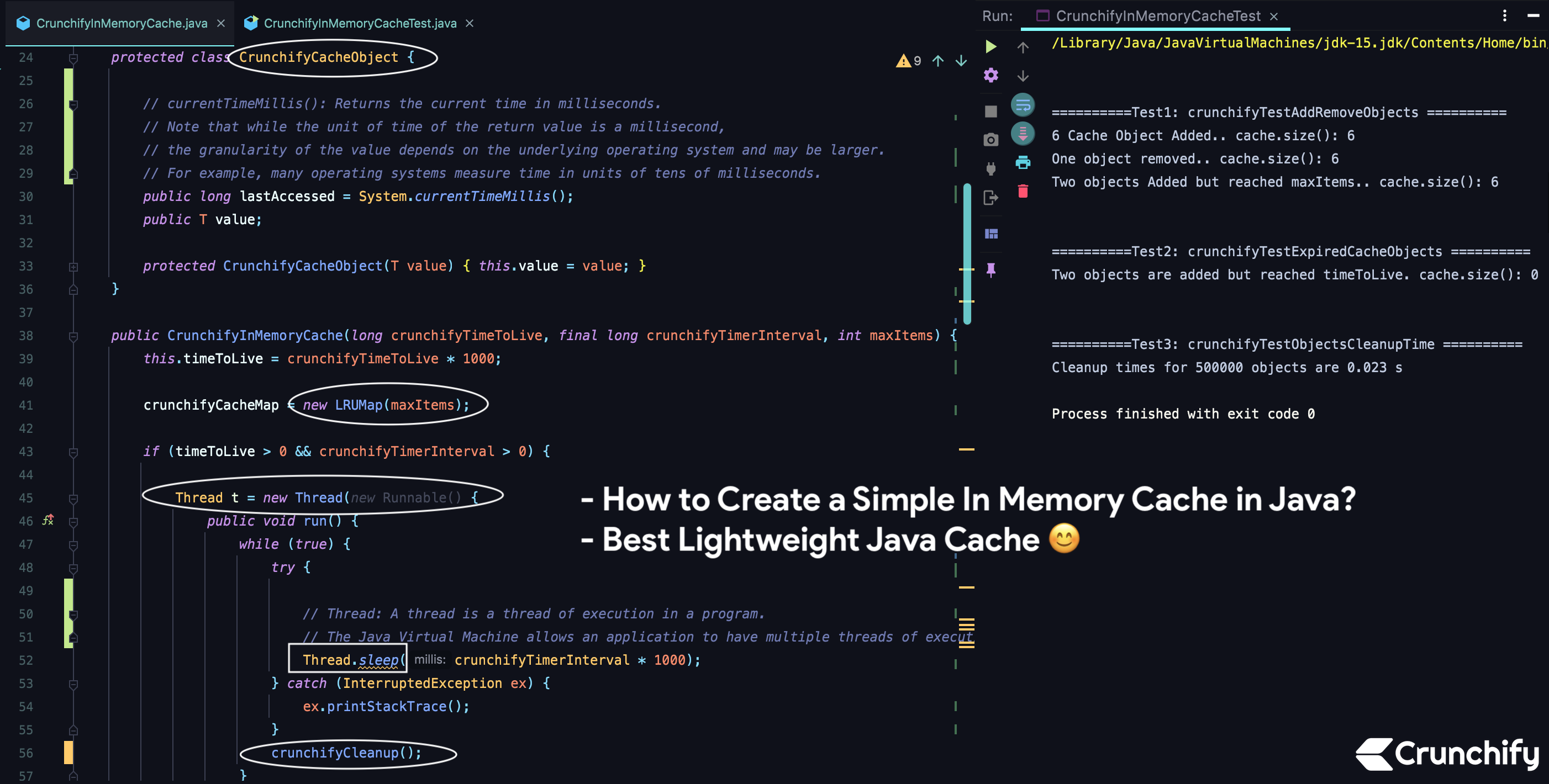
An in-memory cache can significantly speed up the performance of applications by reducing the latency associated with retrieving data from slower storage mediums like disks. This is particularly important for applications that rely heavily on data retrieval, such as web servers or real-time analytics platforms.
Here's how it works:
Caching Layer: The in-memory cache sits between your application and its underlying data source (e.g., a database). When an application requests data, the caching layer checks if the requested data is already stored in the cache. Cache Hit vs Miss: If the requested data is found in the cache (a "cache hit"), it can be returned immediately from memory, reducing latency and improving performance. If not (a "cache miss"), the cache needs to retrieve the data from the underlying storage medium. Data Storing: To make the cache efficient, you need to store frequently accessed data or objects in the cache. You can use various caching frameworks like Ehcache, Hazelcast, or Infinispan that provide APIs for storing and retrieving cached data.Benefits of using an in-memory cache in Java:
Faster Data Retrieval: By storing frequently accessed data in memory, you can reduce the time it takes to access this data. Improved Scalability: As your application grows, caching can help handle increased traffic by offloading storage-intensive operations from your application. Reduced Disk I/O: By reducing the number of disk I/O operations required to fetch data, caching can improve overall system performance and responsiveness.Some popular Java in-memory caching frameworks include:
Ehcache (Apache-based) Hazelcast Infinispan (Hibernate-based)When choosing an in-memory cache for your Java application, consider factors like:
Cache Size: How much memory do you have available? Larger caches require more memory. Persistence: Do you need to persist the cached data across JVM restarts or system shutdowns? Concurrency: If multiple threads access the cache simultaneously, ensure the chosen caching framework supports concurrency.In summary, an in-memory cache is a powerful tool for optimizing Java applications. By storing frequently accessed data in memory, you can significantly reduce latency and improve overall performance, making it an essential component of many modern applications.
Java caching frameworks github
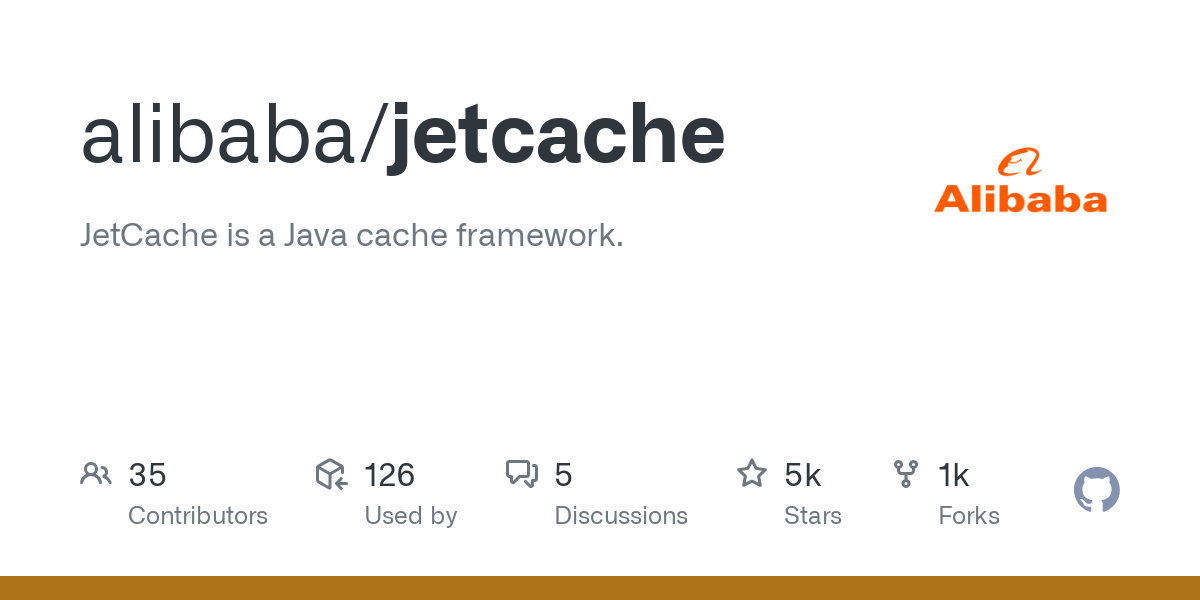
I'm happy to respond in English for this question!
Java caching frameworks are a crucial component of many web applications, providing an efficient way to store and retrieve frequently accessed data. Here are some popular Java caching frameworks with their GitHub links:
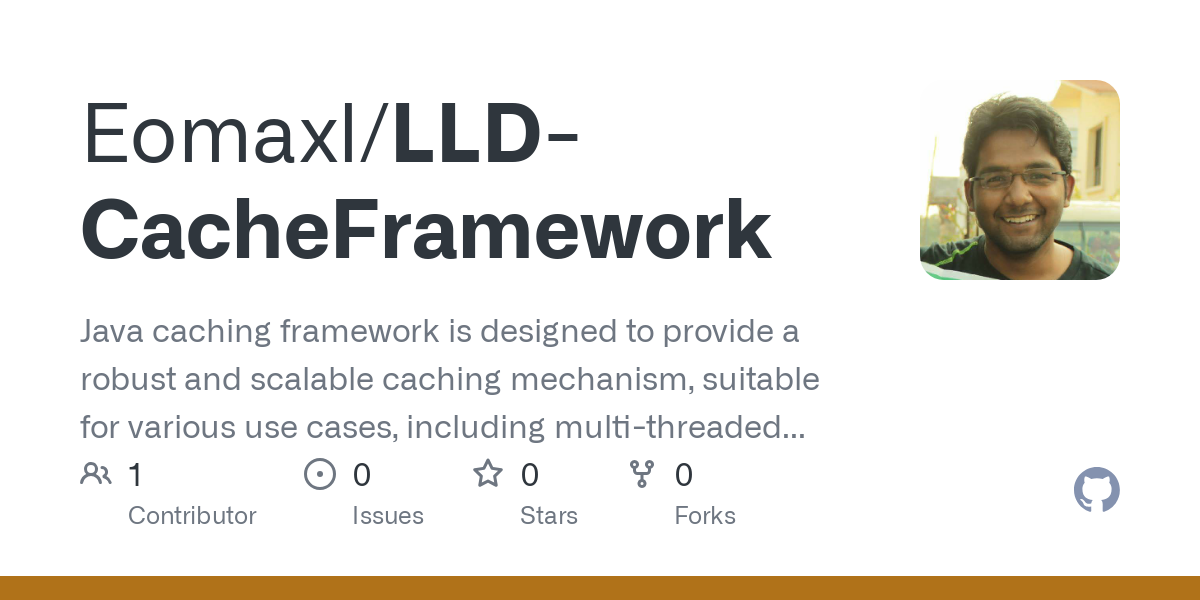
Ehcache has been widely adopted in many industries, including finance, healthcare, and e-commerce.
Hazelcast (https://github.com/hazelcast/hazelcast): Hazelcast is a Java-based in-memory data grid that provides distributed caching capabilities. It's designed to work well with cloud-based applications and supports various programming languages, including Java, C#, Python, and Ruby. Caffeine (https://github.com/brianegan/cafeine): Caffeine is an open-source caching framework specifically designed for high-traffic web applications. It provides a simple, lightweight API for storing and retrieving cache entries. Caffeine is also designed to work well with Java-based frameworks like Spring and Hibernate. Infinispan (https://github.com/infinispan/infinispan): Infinispan is a distributed caching framework that provides a scalable and highly available solution for caching data. It supports various clustering algorithms, including replicated cache, distributed cache, and transactional cache. Cacheonix (https://github.com/brianegan/cacheonix): Cacheonix is an open-source caching framework designed specifically for Java-based applications. It provides a simple, flexible API for storing and retrieving cache entries and supports various caching algorithms, including LRU and FIFO. Simple-Cache (https://github.com/sonatype/simple-cache): Simple-Cache is an open-source caching framework that provides a lightweight, easy-to-use API for caching data in Java-based applications. It's designed to work well with popular frameworks like Spring and Hibernate. JSR-107 (https://github.com/jakublang/jsr-107): JSR-107 is a Java specification that defines the standard interface for cache APIs. It provides a simple, standardized API for caching data in Java-based applications.In conclusion, there are many excellent Java caching frameworks available on GitHub, each with its unique features and advantages. When choosing a caching framework, developers should consider factors like performance, scalability, ease of use, and integration with other frameworks.
